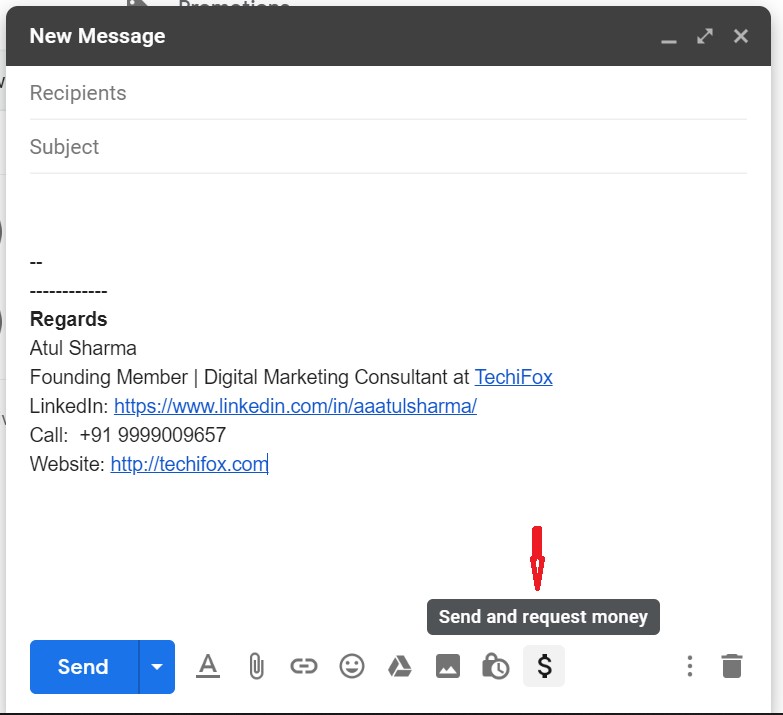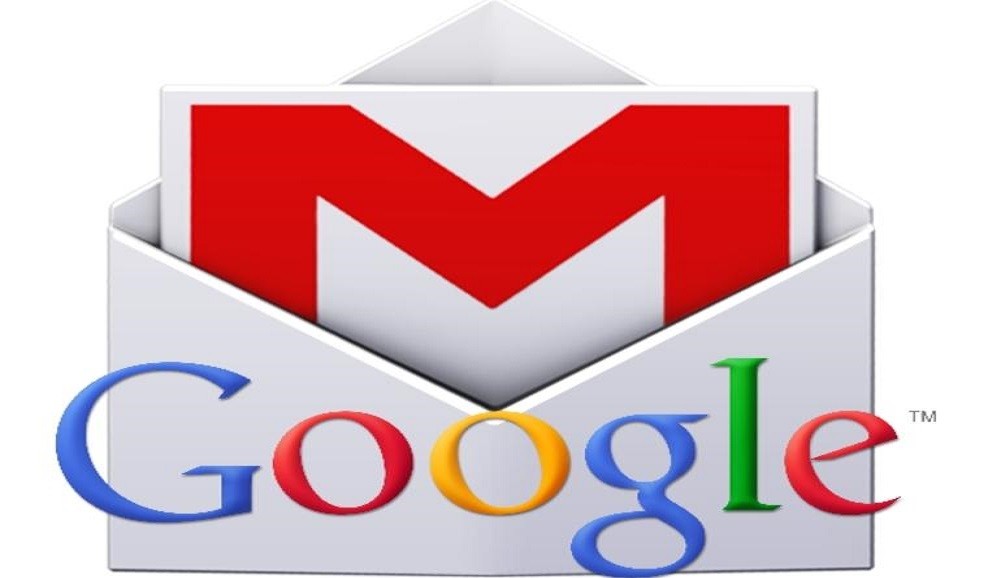

In other words, customers want to see a business email address that looks professional, rather than one that looks similar to their mother’s email address. According to Steven Aldrich of GoDaddy, a customer is “9x more likely to do business with a company” that has an actual business email address than with a company that doesn’t. Perhaps the most significant is the professional image that G Suite allows a company to portray to the public.

There are many benefits to using G Suite for a business.

Yes, it means paying for the service, but the cost is nominal-starting at just $5 per month-and the benefits are enormous. Businesses need to look professional-they need to have full control over everything created by their employees, and they need full security, which is why G Suite is arguably the best option. Gmail and all its apps are not designed with the enterprise setup in mind. Sounds like a great deal, right? Unfortunately, it’s not if you’re running a business. You can use any of the apps Gmail offers and still have access to and full ownership of your files and everything you create, which will reside in the cloud. After all, who cares if your email address has the domain? If you’re an ordinary user, the only people who are going to see that are your friends and family. Having a free Gmail account is ideal for the average user. Newsflash: G Suite is now Google Workspace So to help you out, we have tackled the question G Suite vs free Gmail: why should your clients be paying? It might seem like the best financial move for SMBs to use this free app solution for their enterprise, but the reality is that the free option may not be the best option. White Stratus conducted a study that shows nearly 20% of businesses use Gmail and Google apps. This is a fair question for the average user, but there are also plenty of businesses out there that use Gmail. And it’s all free-which begs the question: why would your clients pay for Gmail services? These users enjoy all the apps that Gmail has to offer, including Google Docs, Google+, Google Calendar, Google Drive, and Google My Business. By 2016, Gmail use hit a record 1 billion worldwide. In 2009, Gmail was officially launched, and Google hasn’t looked back since. Gmail has been with us since its beta testing began in 2004.


 0 kommentar(er)
0 kommentar(er)
